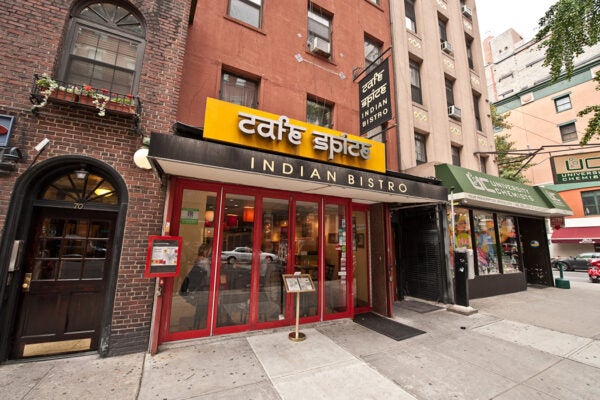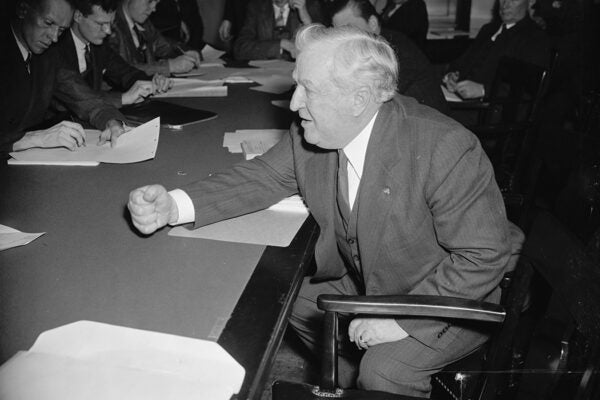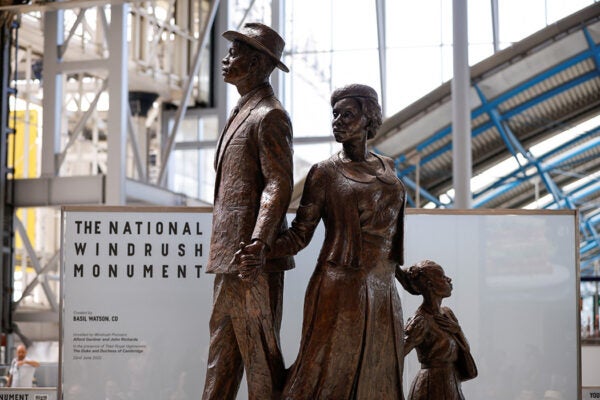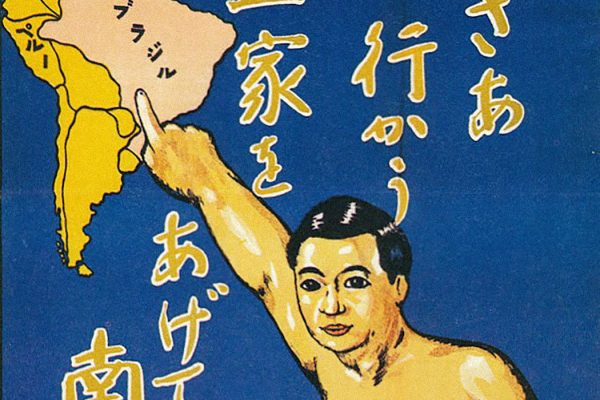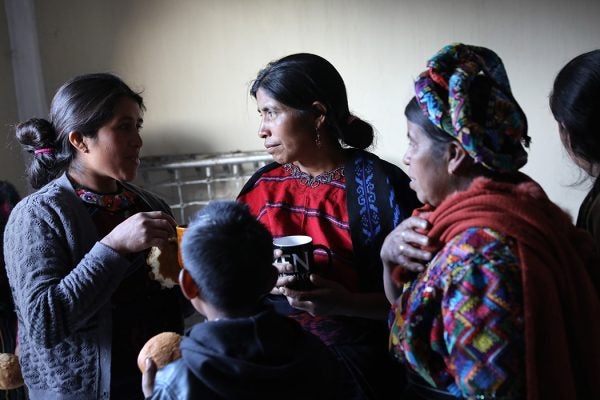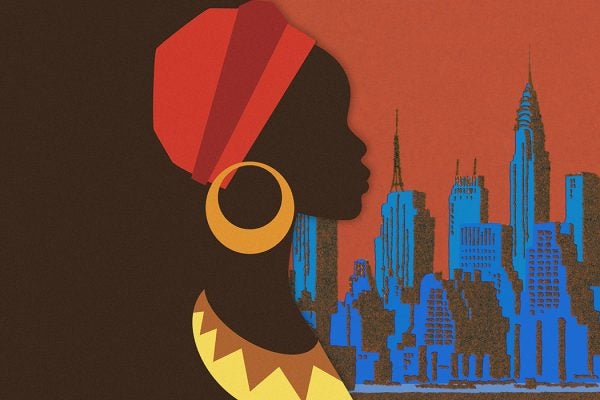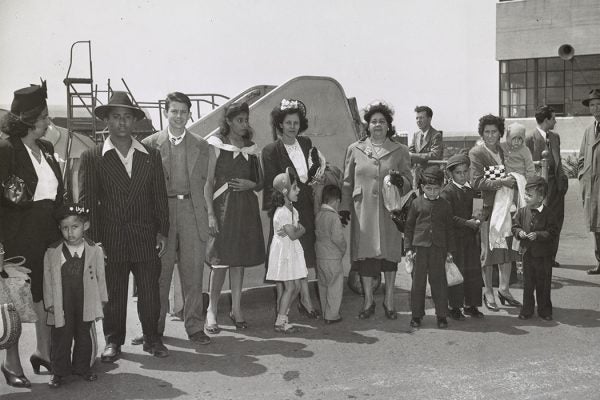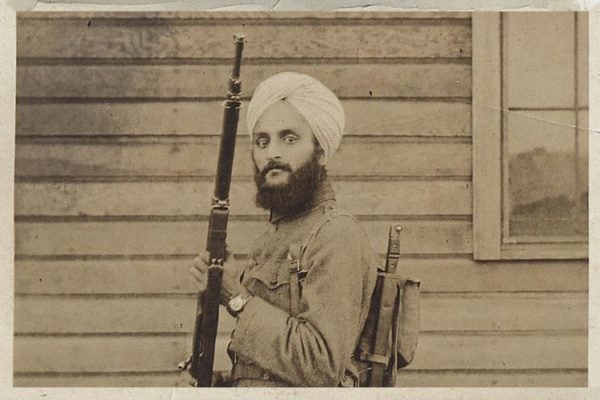The Shrewd Business Logic of Immigrant Cooks
Savvy observers, immigrant restaurateurs operate as amateur anthropologists who analyze their potential customers to determine how to best attract them.
Birth of A National Immigration Policy
Until the Civil War, regulating immigration to the US was left to individual states. That changed with Emancipation and the legal end of slavery.
The End of Asian Exclusion, the Beginning of Caribbean Exclusion
The 1952 McCarran-Walter Act allowed first-generation Japanese American immigrants to become US citizens while keeping African Caribbean immigrants out.
Windrush Day
There were British African Caribbean immigrants to the UK well before June 22, 1948, but it was the arrival of Empire Windrush that got the media's attention.
Viêt Kiêu Find a “Home for Now” in Ho Chi Minh City
A growing number of overseas Vietnamese, or Viêt Kiêu, call Ho Chi Minh City home. Why are so many emigrants and their children returning to Vietnam?
Asian South America
The migration of Asian people—from India, from China, from Japan—to South America and the Caribbean began as early as the sixteenth century.
The Mam In Oregon
Guatemalan immigrants, bringing with them unique skills and knowledge, are adapting to their new homes and communities in the Pacific Northwest.
The “Social Distance” between Africa and African-Americans
American popular culture inhibits a close relationship between African-Americans and the African continent.
How Migrant Labor Policies Shaped a Latino Identity
When Puerto Rican and Mexican workers came to the U.S. in large numbers, they faced similar discrimination and bigotry.
How “Prerequisite Cases” Tried to Define Whiteness
A law of 1790 said that only "free white persons" were eligible to be naturalized. But courts struggled for years afterward to tell who was white at all.
